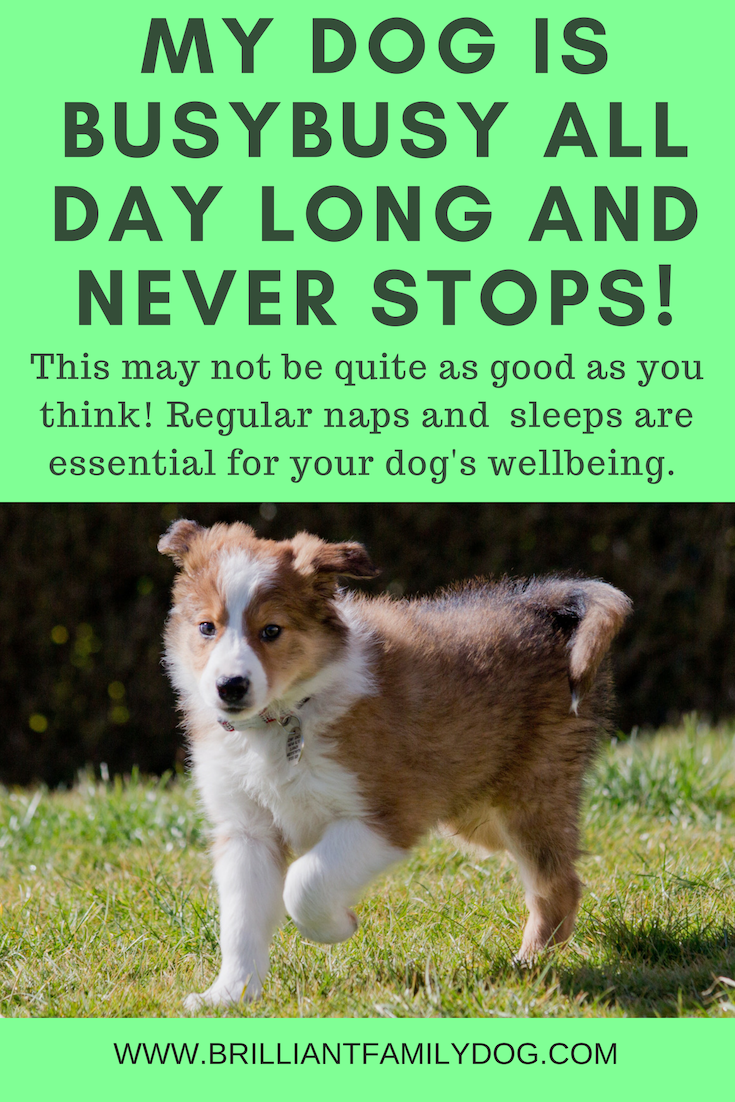I had a recent query from a reader:
“Hi Beverley, Thanks for your informative emails. My puppy is now 8 months old and has been a joy (mainly) but I made the mistake of letting her sleep on my bed and now she is getting bigger. She’s only a small dog but still takes up a lot of room in the bed! Can you give me some tips how I can train her to sleep in her bed?”
This is an interesting question, and I expect many people are saying right now “Yeah, me too!”
Plenty of ideas in this free 8-lesson email course for changing your life with your dog!
THIS FREE ECOURSE IS A BONUS FOR YOU WHEN YOU SIGN UP TO RECEIVE EDUCATIONAL EMAILS AND OCCASIONAL OFFERS FROM ME. YOU CAN UNSUBSCRIBE AT ANY TIME.
Privacy Policy
Privacy Policy
Cute puppies can develop all sorts of habits that you let pass, but as the cute puppy becomes a hairier, muddier, larger person, there may be some things you wish you hadn’t allowed in the first place!
This type of question pre-supposes that an established behaviour can’t be changed without difficulty.
Behaviour is just that - behaviour. It’s something your dog does. (Or something we do, of course, but we’ll stick with dogs for now.) So changing that behaviour to something else is just the same as for any other change you want to make.
It’s not a “mistake”. It just is.
So approach this as you would any new thing you want to teach your dog.
1. Your dog is doing something.
2. Decide what you’d like instead.
3. Teach the new thing.
And, of course, be consistent with the new thing. If it’s no bed, then it’s no bed. Ever.
There’s no absolute right or wrong here. If you like your dog doing something that another person disapproves of - then that’s that person’s problem, not yours. We have enough to deal with in life without taking on other people’s disapproval!
You may have been told by some misguided person that this is the thin end of the wedge and that you have to “be the boss” or the dog will take over your house. This is outdated “pack” nonsense. (And as long as the dogs take over the bills too, that’s ok with me …)
Back to the bed question
And it may be that you’re attaching emotion to this bed question. You may be thinking that you’re spurning your dog if you no longer share your bed with her. But your dog is not attaching emotion to the bed - it’s just comfy! And up to now it has been your preferred sleeping place for her.
I’m assuming that there isn’t a resource guarding element to this question, as it isn’t mentioned at all. If your dog doesn’t want to relinquish her place on your bed, and underlines her wishes with wrinkly lips, immobility, or growling, then you have an entirely different issue. Check out this post for help with that.
Back to the bed … Many people have their newborn baby in their bedroom, and over time move him to another room. As I mentioned in last week’s post about puppies, things change and evolve naturally.
So time for your pup to move to a “grown-up bed” of her own!
A new bed
Make the new bed very inviting and comfy. Depending on your dog’s breed or type, you may want a flat bed she can stretch out on, or if a whippet, terrier, or other tunnelling breed, a tunnel bed or folded duvet to bundle herself up in will go down well.
Using the matwork from Calm Down! you can quickly teach “go to bed”. Then you can play the game of:
your bed —> her bed
her bed —> your bed
all on vocal cue.
You may need to be persistent, depending on the comfort level and suitability of the new bed!
And you may find that your dog starts the night happily in her new super-comfy bed, but somehow has snuck onto your bed when you wake in the morning. You’ll just have to be vigilant and ask her to go back to her own bed as soon as you feel the bump and hear the sigh.
My own dogs have individual sleeping arrangements. Cricket the Whippet loves wrapping herself in her duvet, and Coco Poodle has a raised bed which he hops onto at night and remains there till invited off in the morning once I’m up. The others can sleep where they like - though they do have beds provided.
So even in the same household - the same bedroom - you can have different behaviours from the different dogs. As long as their needs are catered for, they’re happy.
There are 6 dogs happily hidden in these beds!






